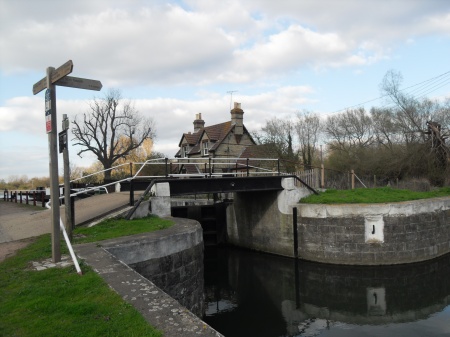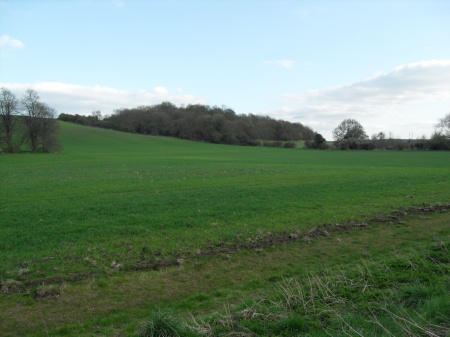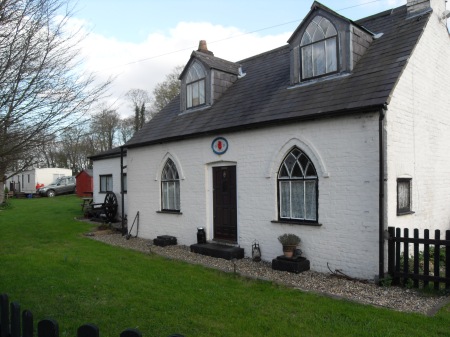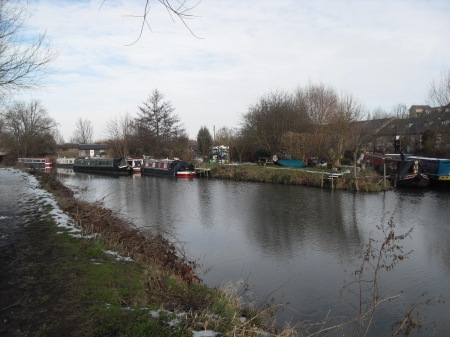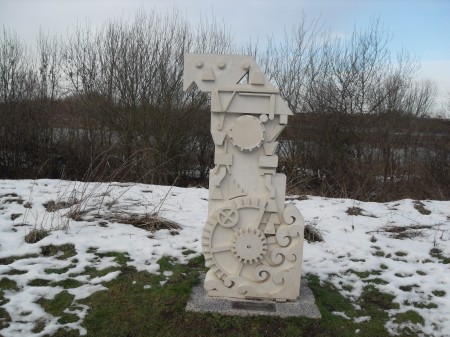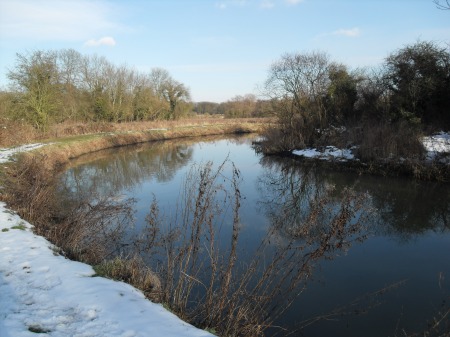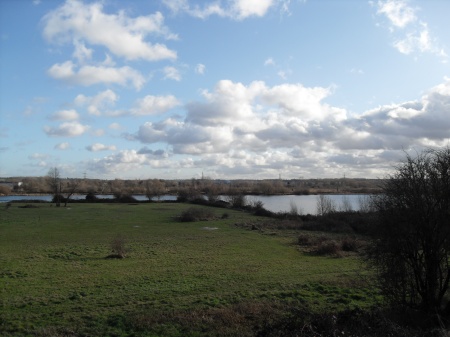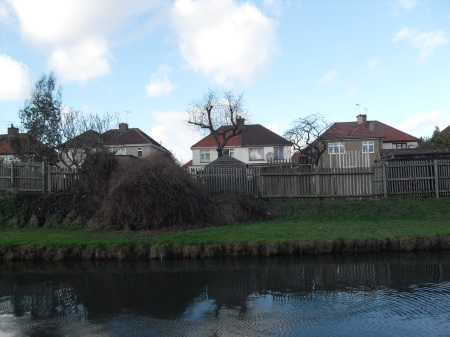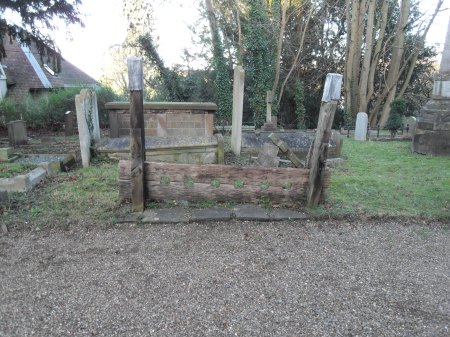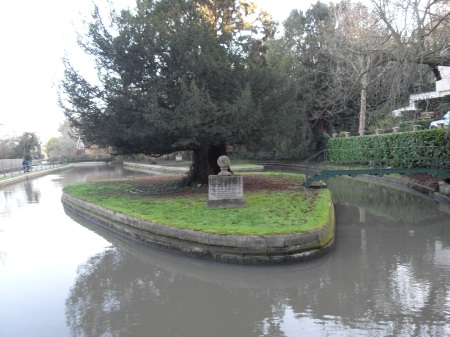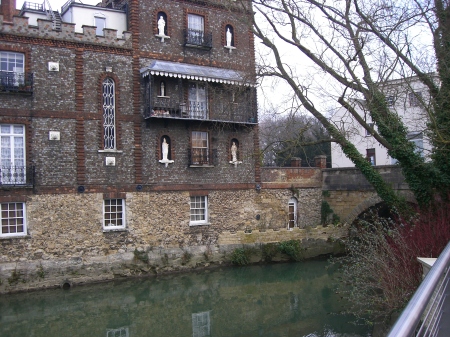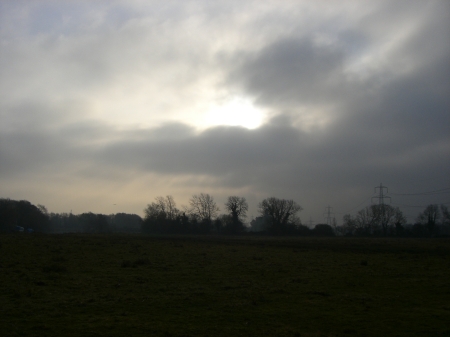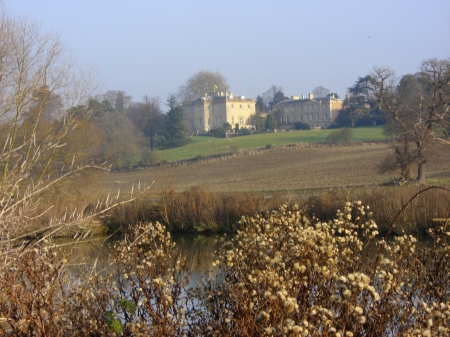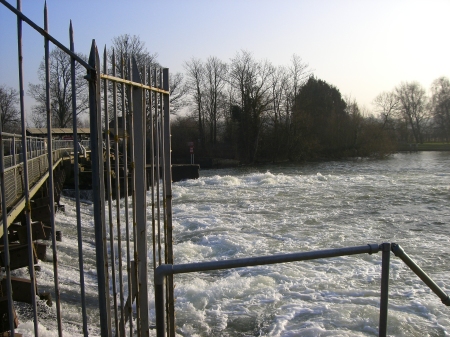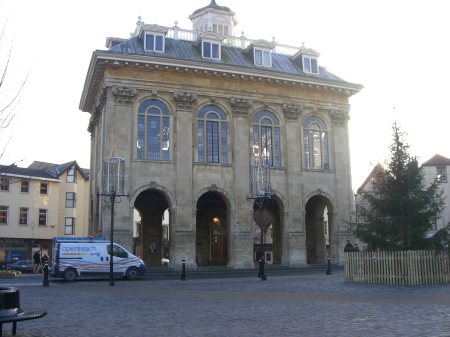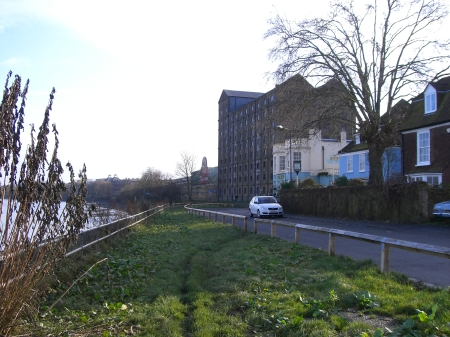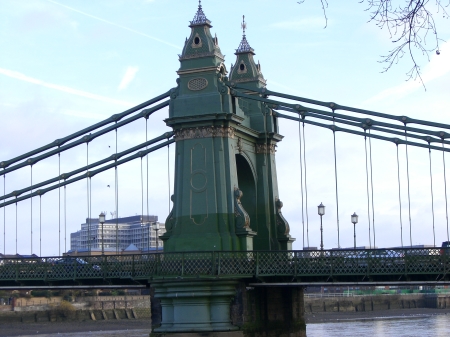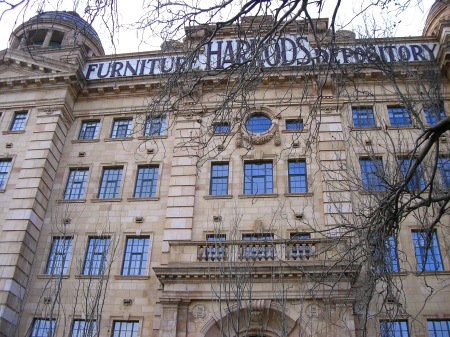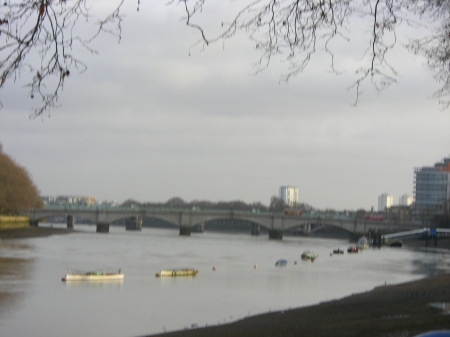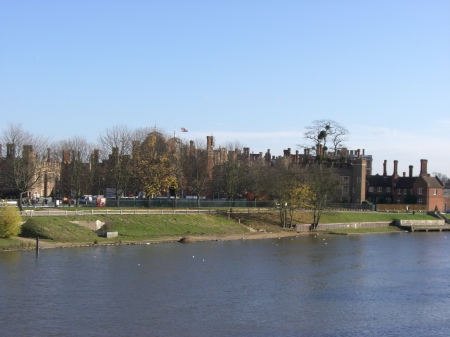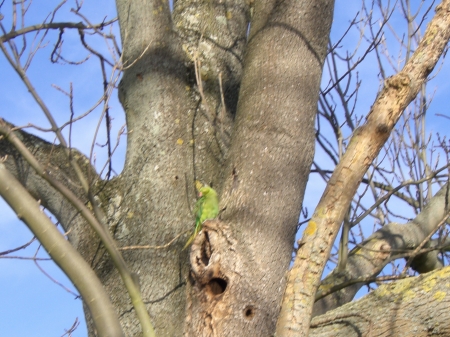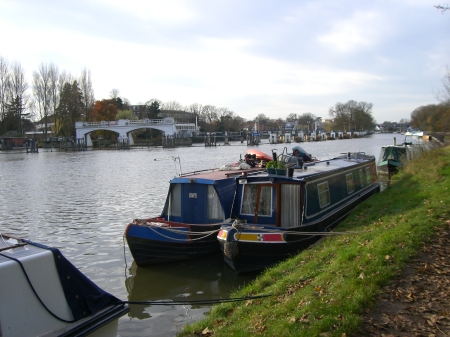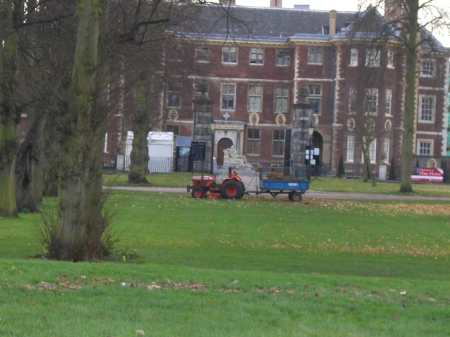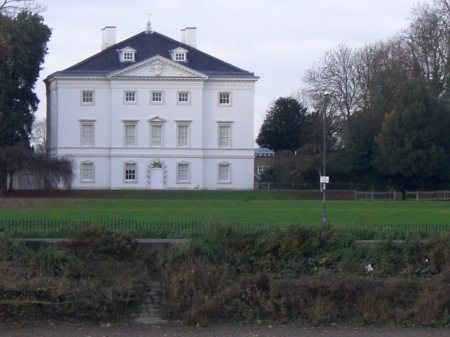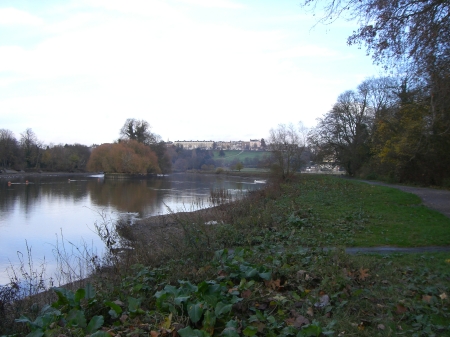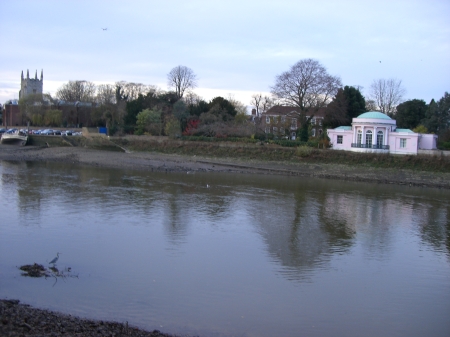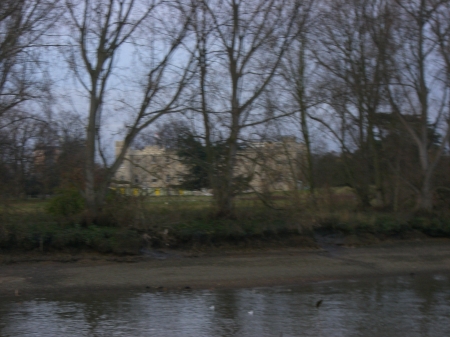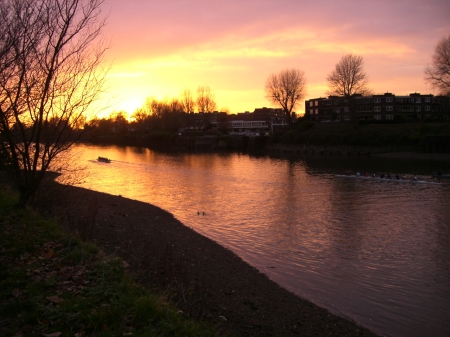In continuing fine weather, I made a visit to historic Rochester and a short walk along the Medway. Between the station and the river lies the characterful High Street with ancient buildings and many associations with Dickens.
The town is dominated by its Norman castle and the cathedral: to which I made a brief visit and then had lunch in its excellent cafe.
Then I took a clear path by the river Medway 
Rochester is at the point where Watling Street crossed the Medway, now a much broader river than the muddy stream near Maidstone which I walked by in August.
I continued along the esplanade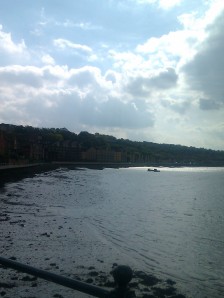
and approached the the M2 Medway Bridge and Channel Tunnel Rail Link.  The path continued through a local nature reserve as Footpath RRIL
The path continued through a local nature reserve as Footpath RRIL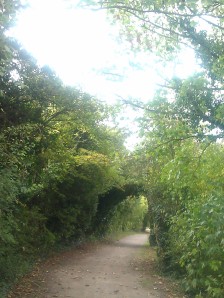
and very pleasant it was.
Unfortunately it seems to have run out beyond the bridge and so I turned round and came back to Rochester. Leaving behind the M2 bridge
back through the nature reserve
and along by the marshy land at the side of the Medway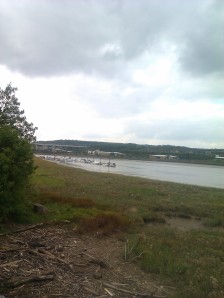
until Rochester came back into view
and the impressive Rochester Bridge
This time I resolved to visit the castle, begun in 1087.
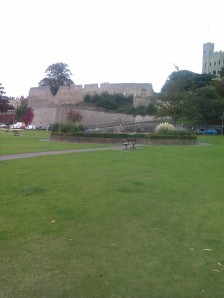
I walked past the the cathedral, founded in 604, it is the second oldest in England. The present structure dates from the twelfth century 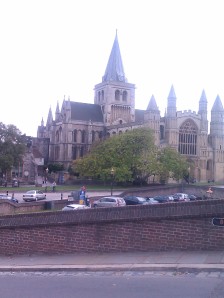
The keep, at 125 feet high, is the tallest in England.  For once, I decided to visit the monument. Inside a winding staircase leads you to the top and is very uneven
For once, I decided to visit the monument. Inside a winding staircase leads you to the top and is very uneven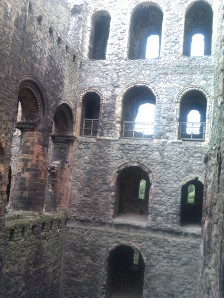
The square holes beneath the windows were where the timber joists supporting the floors would have been. It was a rather unnerving climb to the top but from there was a good view of the bridge
Rochester castle was attacked by King John shortly after Magna Carta and one of the square turrets was destroyed. It was replaced with a round turret, which was felt to be less vulnerable to attack.
On my way back I passed the ornately carved west door of the cathedral took a peek at the city walls
took a peek at the city walls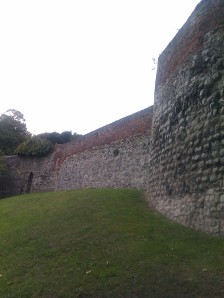
and back up the High Street to the station.  With station links that day’s walk was six miles.
With station links that day’s walk was six miles.

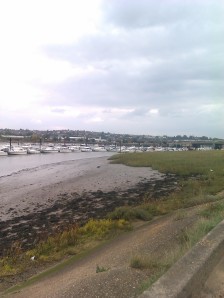

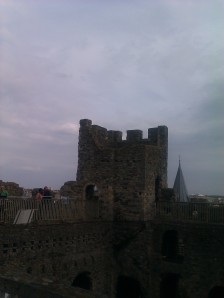




 Posted by margotwilson
Posted by margotwilson 


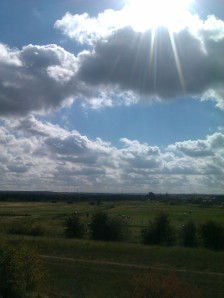
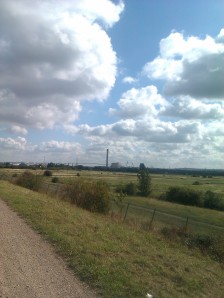


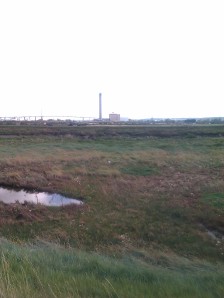



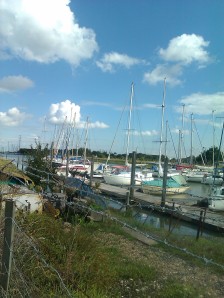



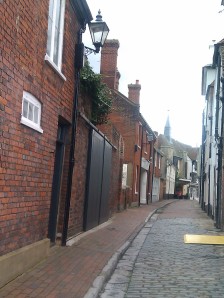
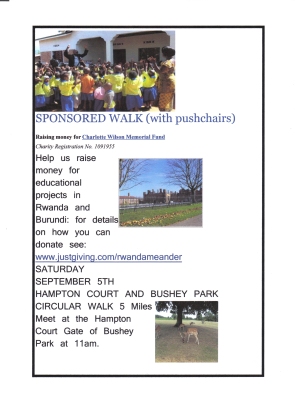 I started in Bushey Park where I was enchanted to see the deer, although less enchanted to learn that they can be fierce, especially in September.
I started in Bushey Park where I was enchanted to see the deer, although less enchanted to learn that they can be fierce, especially in September.
